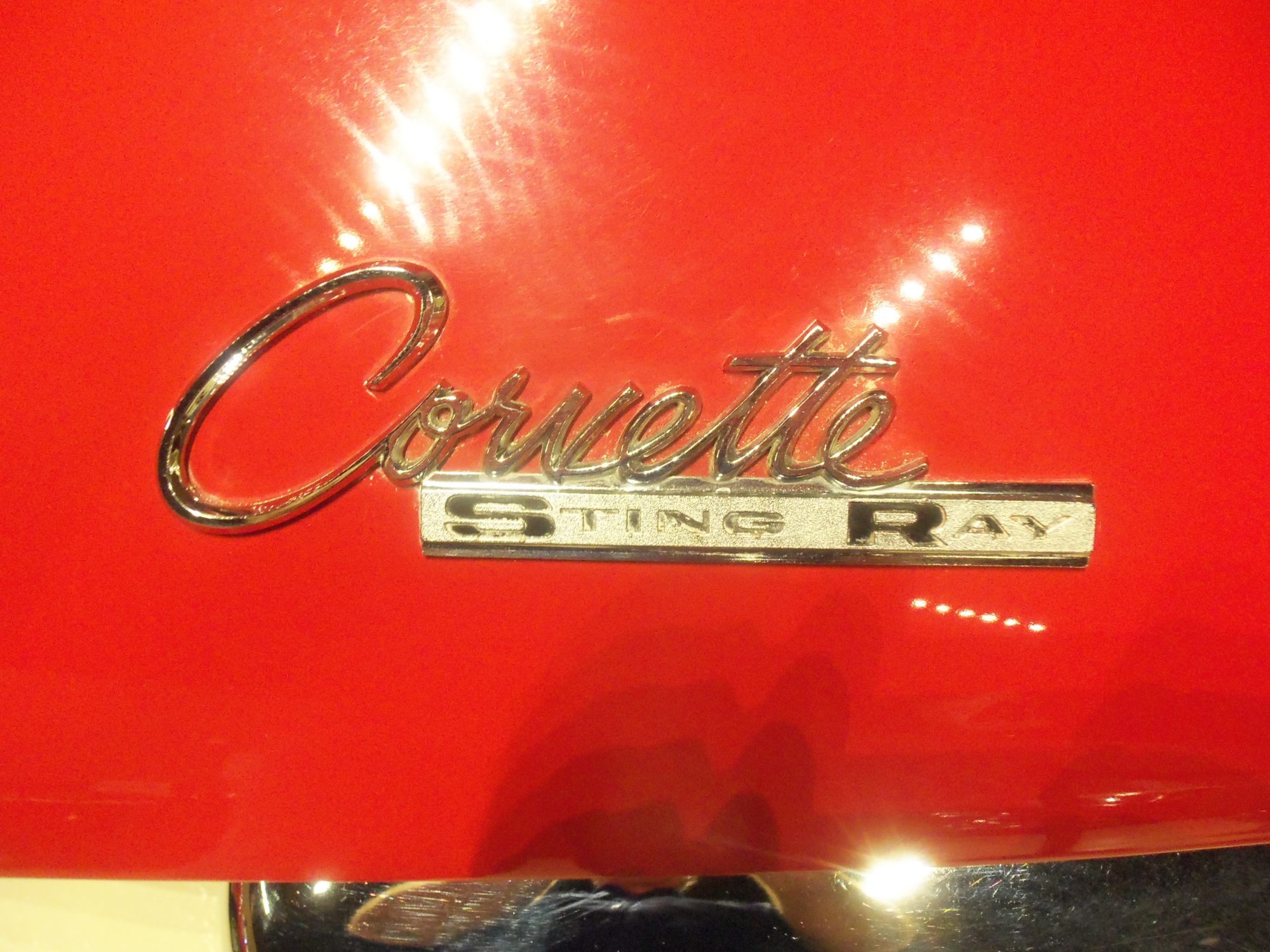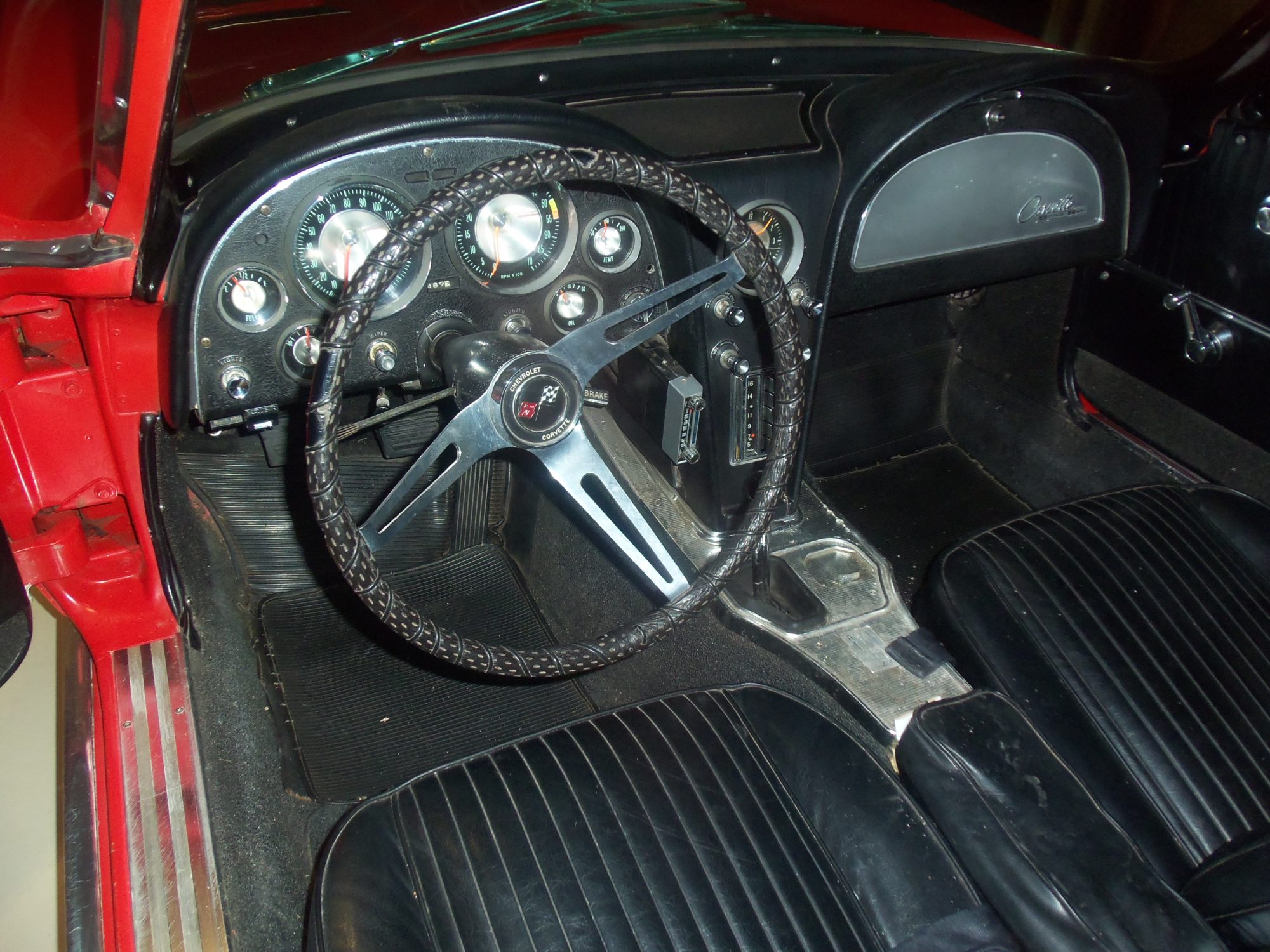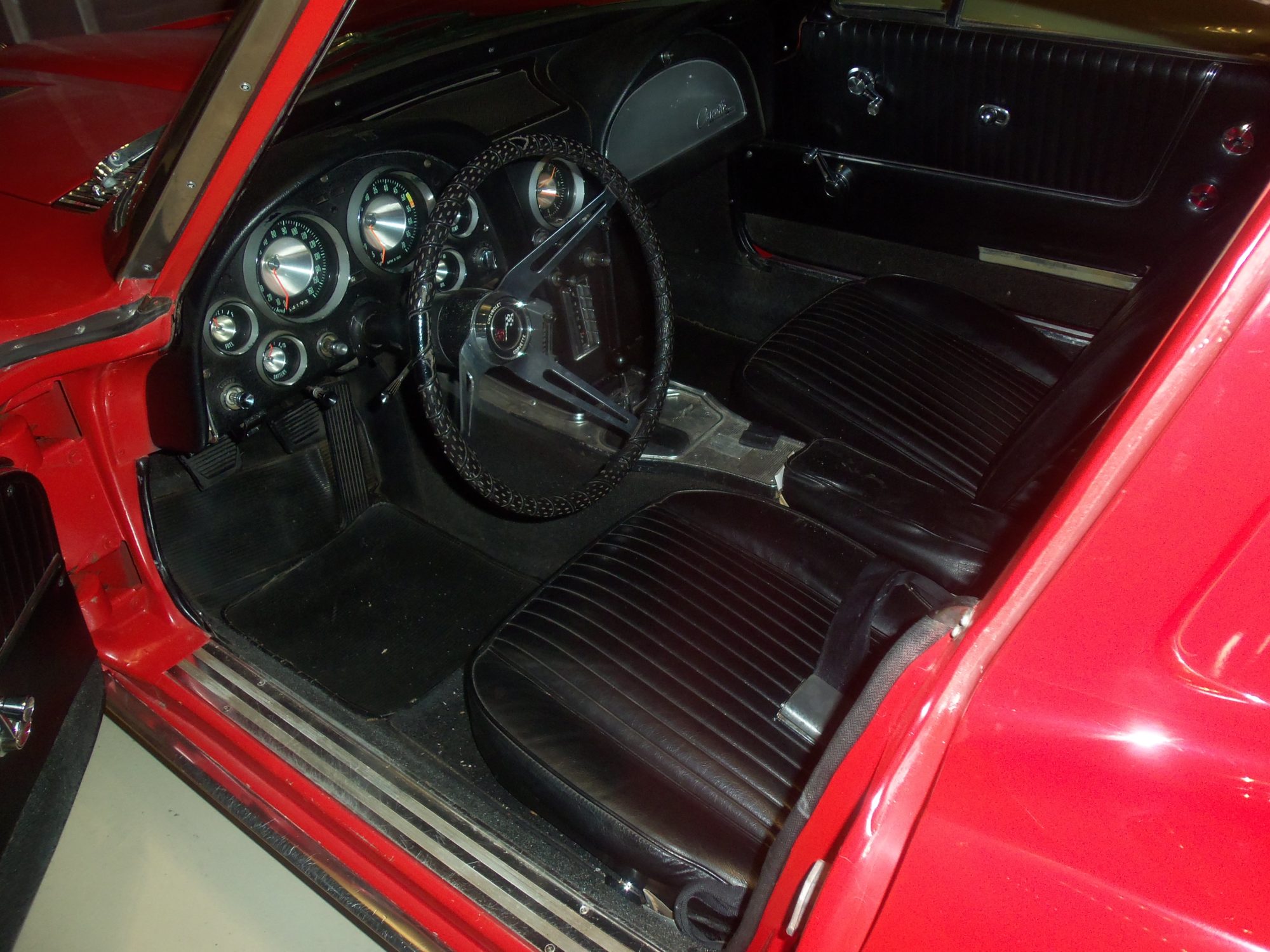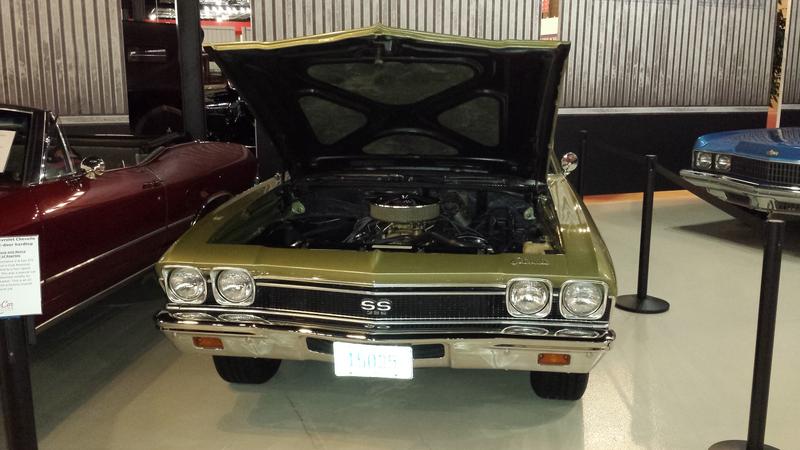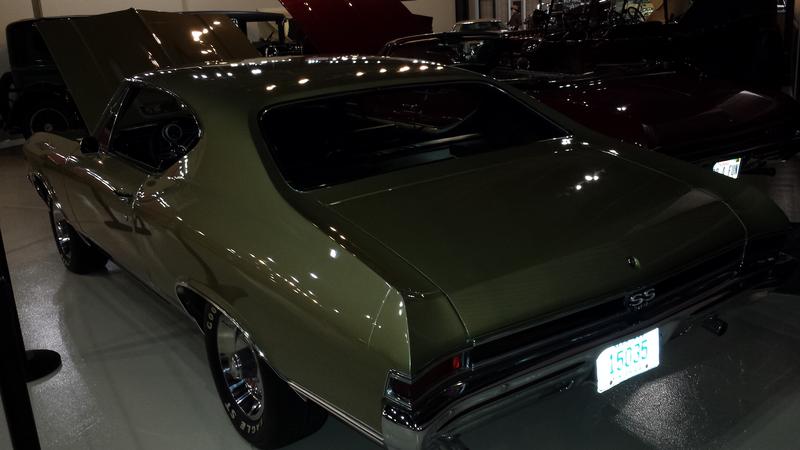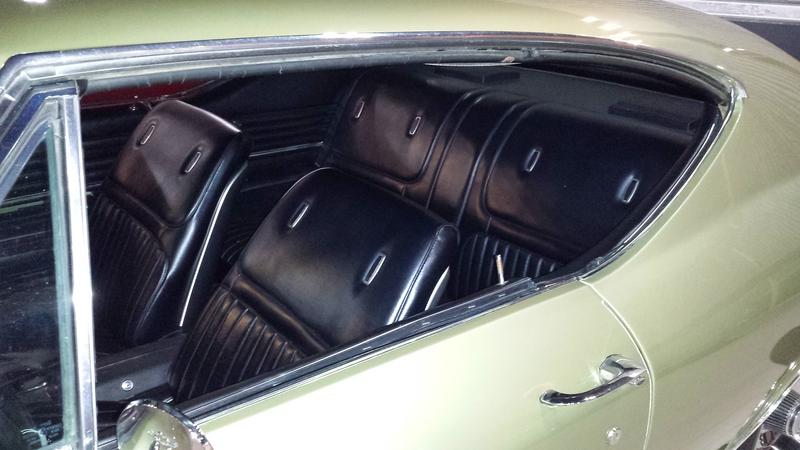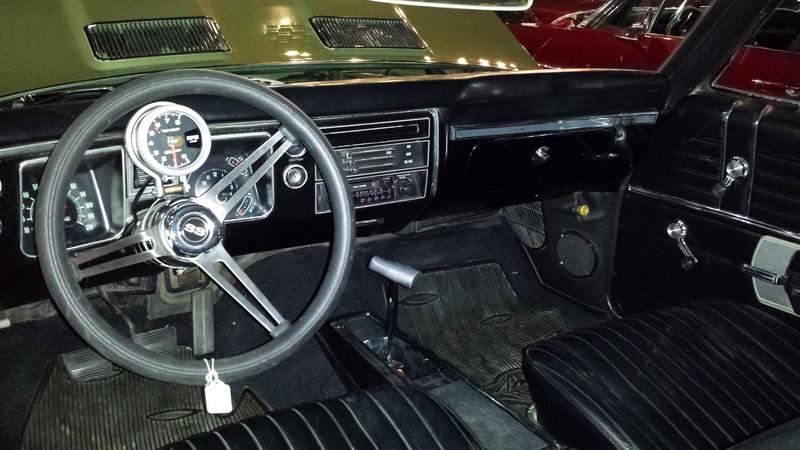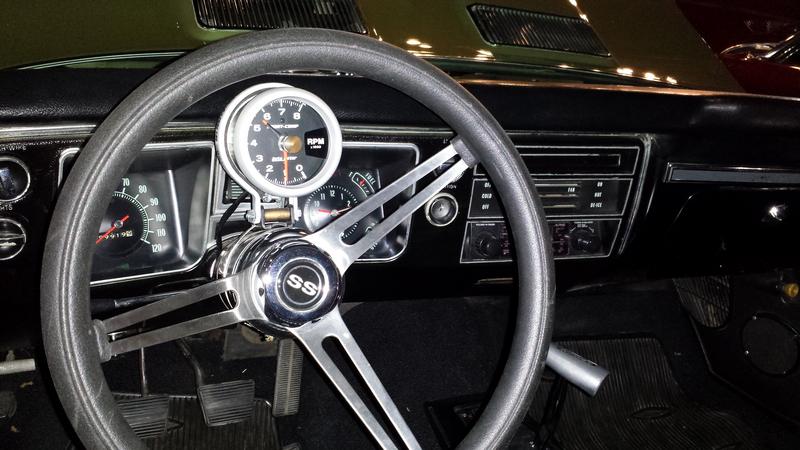Original price: $3,341.00
On loan from: Steve M. Pottebaum, Omaha, NE
Previous owner: American Dream Machines; purchased 2013
Number made: 5,142
Engine, etc.: 400 cu in.; 350 h.p.; 8 cyl.; 4-barrel carburetor, dual exhaust pipes; 112” wheelbase; 3,540 lbs.
The name “4-4-2” represented the 400 cubic inch engine, the 4-barrel carburetor, and dual exhausts.
The name “442” was first used in 1964 on F-85 and Cutlass models. It was technically a “B09 Police Apprehender” option with a four-barrel carburetor, dual exhausts, and improved suspension, shocks, clutch, brakes, and transmission. The price for the1964 B09 option was $285.14.
In 1966 two additional engines were available and in 1967 the two-speed transmission was replaced with a three speed Turbo-Hydramatic transmission. Disc brakes became an option.
For 1968 the Oldsmobile 442 went from being options on other models to being its own model.
Standard equipment included dual master brake cylinder, 4-way flashers, energy-absorbing steering column, padded dash, back-up lights, hood insulation, and deluxe steering wheel. It also had heavy duty springs, stabilizer bar, special shock absorbers, and special wheels.
The interior was available in either cloth or vinyl.
The 442 was offered to compete with the Pontiac Tempest GTO and Oldsmobile wanted some of those sales. The dealer brochure (link, below) called it a “Youngmobile” with the statement “What this younger generation is coming to: 4-4-2”.
The 442 stayed in production until 1971. This was the height of the muscle car era which joined high performance options to lightweight vehicles. By 1971 stricter government regulations, safety concerns, and an impending oil embargo caused a decrease in engine power throughout the car industry.
In 1972 the 442 reverted to being an option until 1980. It regained its status as an option from 1985 through 1987 on the Oldsmobile Cutlass Salon. The name disappeared for good after the 1990 Cutlass Salon models.
Sources: https://www.conceptcarz.com/vehicle/series.aspx?makeID=112&modelID=1025&h=7581#7581
http://www.classiccardatabase.com/specs.php?series=6391&year=1968&model=33236
http://oldcarbrochures.com/static/NA/Oldsmobile/1968_Oldsmobile/1968_Oldsmobile_Sports_Brochure/dirindex.html

